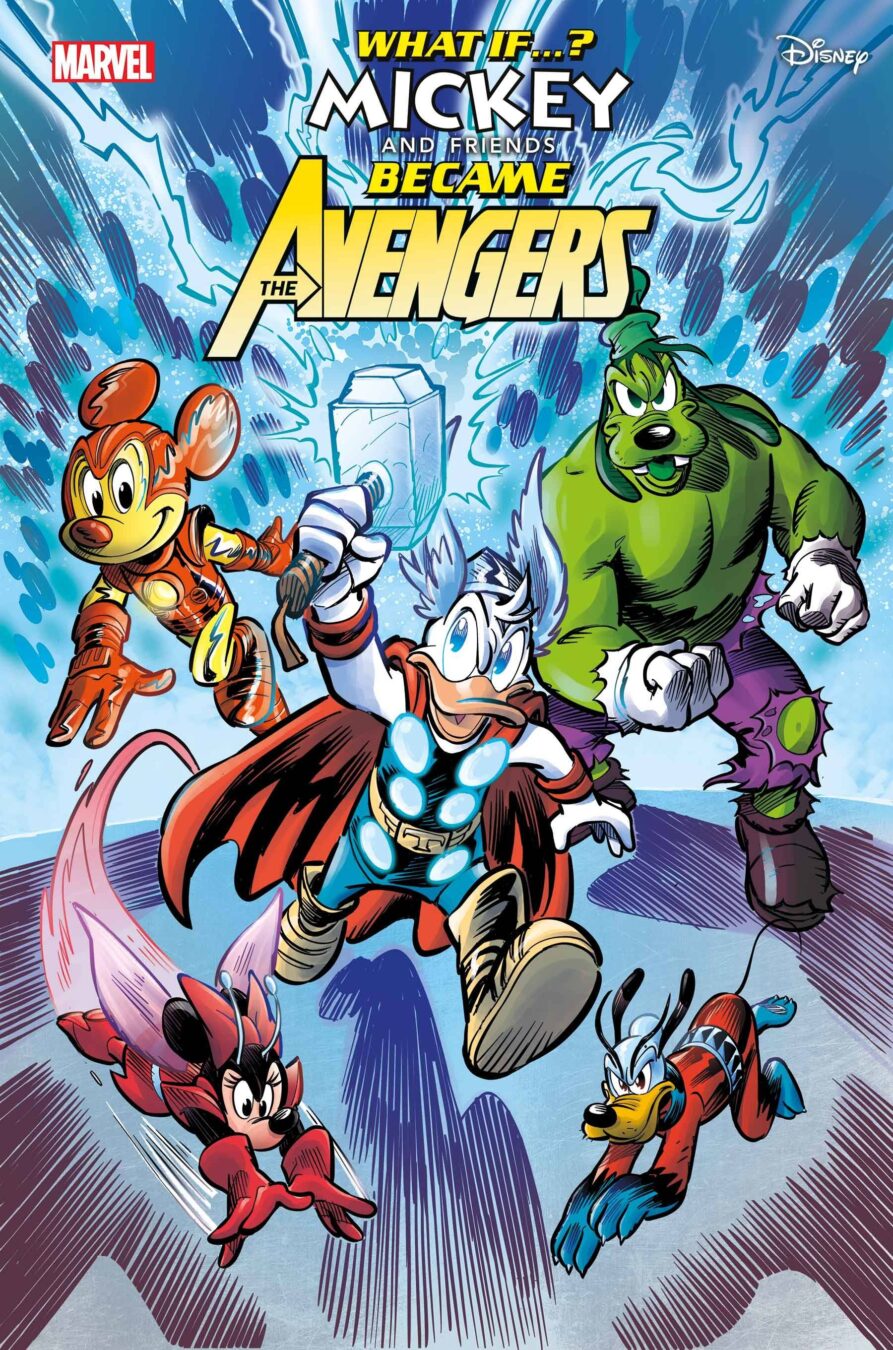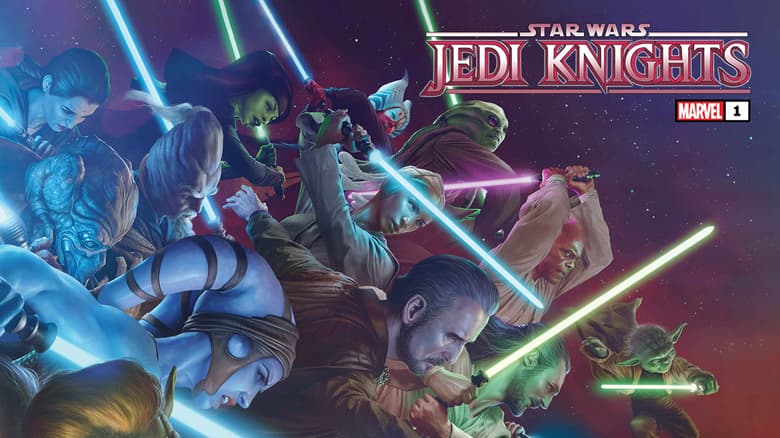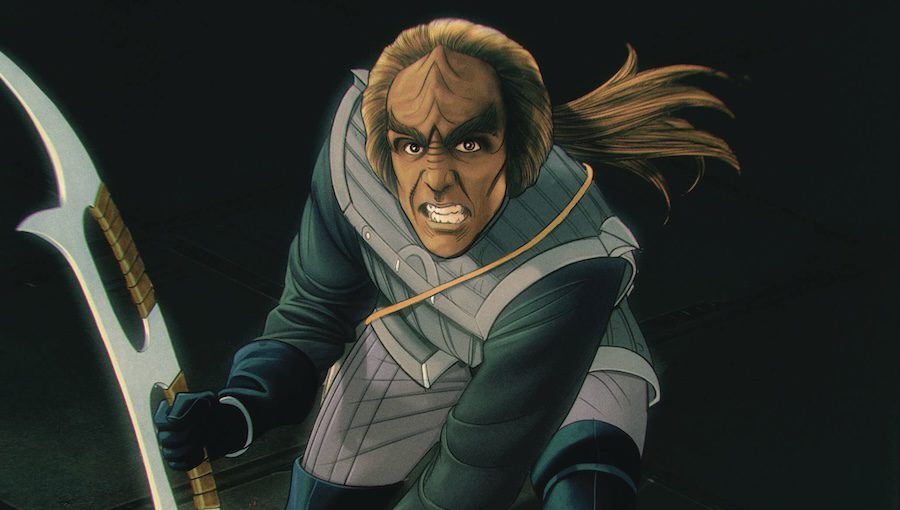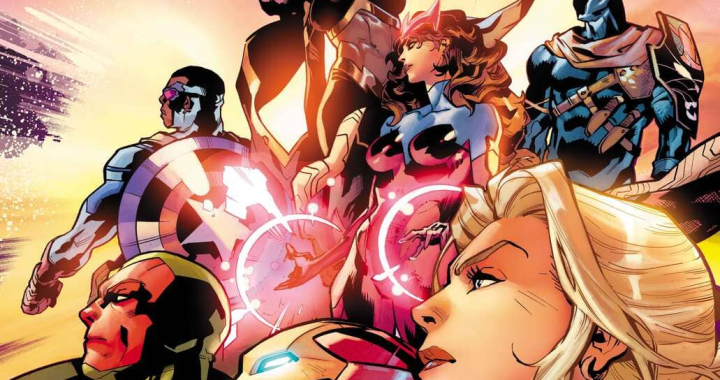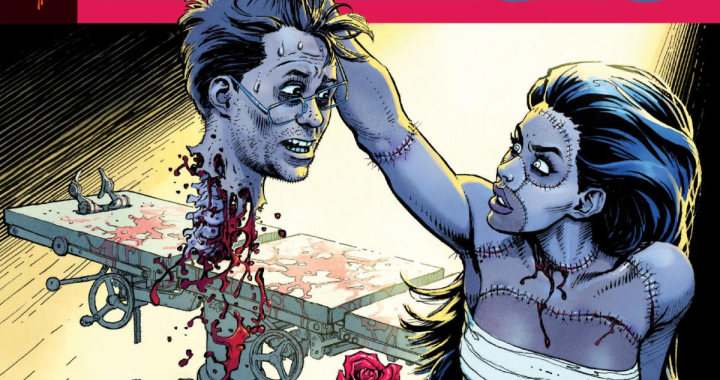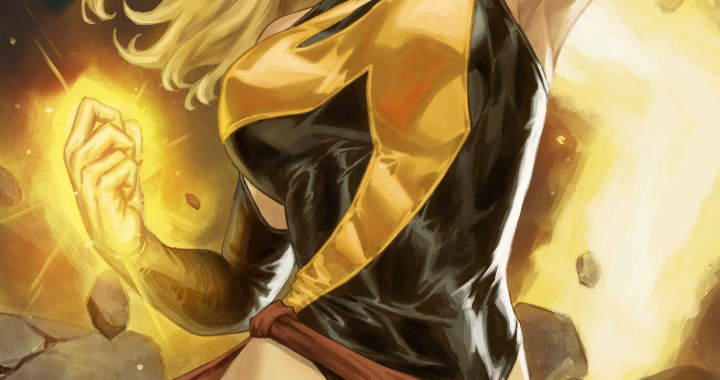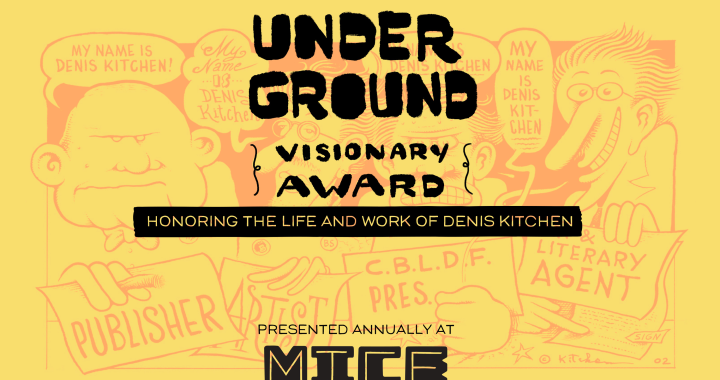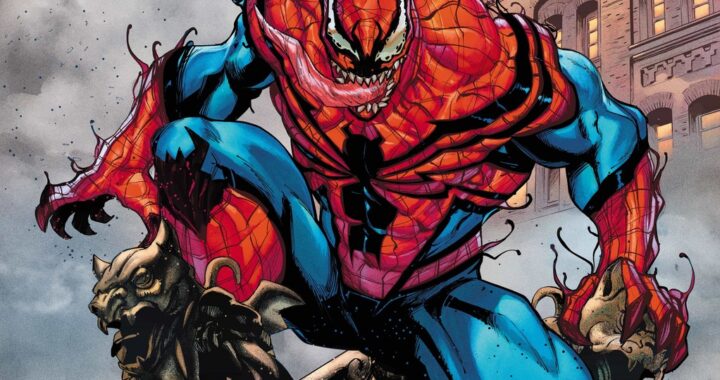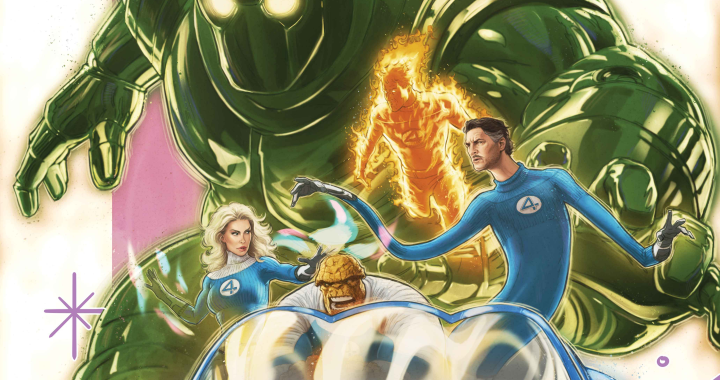
Review: Dark Knight–A True Batman Story OGN
 In the midst of a pandemic it is important to look for inspiration to tell us how we can come back to a state of normalcy. In the Graphic Novel by Paul Dini and Eduardo Risso we gain some perspective on how humans can use the mythology of superheroes to overcome trauma.
In the midst of a pandemic it is important to look for inspiration to tell us how we can come back to a state of normalcy. In the Graphic Novel by Paul Dini and Eduardo Risso we gain some perspective on how humans can use the mythology of superheroes to overcome trauma.
The ‘true’ part of the title refers to this story being autobiographical. Paul Dini recount events from his perspective, complete with the world of cartoons and heroes that is a part of his soul after decades of working in animation. Dini is best known for his work on Batman The Animated Series, and this story takes place in the midst of his working on what many regard as the best theatrical Batman film of all time, Batman Mask of the Phantasm.
Dini recounts his early days as an invisible introverted child and how his imagination was the best survival tool in a world full of expectations and bullies. As he grows older he continues to use it to hide from real relationships and serious topics. Using imagination as a coping mechanism forgets the fact that the real world can still intrude on our fantasy world at any time. After a date with an actress who does not have any chance of being a long-term girlfriend ends Dini decides to walk alone into the dangerous night.
What follows is a brutal robbery and beating and Dini’s worldview is changed by the fact that his fantasy world could not protect him. There was no Batman coming from the shadows to save him. There was no last minute rescue. There was no punishment for the criminals who beat him. The legal system fails him just as sure as his imagination did.
But what Dini discovers through the course of this tale, is that superheroes don’t have to physically save you to be important. Sometimes the heroes and villains of our imaginations matter because they help us process trauma and rise back up from the damage it does to our body and mind.
The book is interspersed with cameos from Batman and his Rogues gallery along with a delightful appearance by Harley Quinn herself, Arleen Sorkin. What is interesting about the recovery is that the villains are just as important as the hero to help Dini process his scars. Dini reveals that even before the attack he carried deep scars, from rejection and feelings of inadequacy which leads him to cut himself. Dini uses the ability he has, the ability to create stories, to face off the specter of his own mortality, to face Death itself.
The story is given a dynamism through Eduardo Risso’s incredible art. Risso is known for his grim and grisly crime work and that is well suited to the central event of the story. Even more impressive is the dynamic work he does with the animated and superhero characters. His supervillains simply steal the show and every moment with The Joker, Scarecrow, Two-Face, Poison Ivy and Harley Quinn among others is a treat even as they put our protagonist through the works.
This is a book that shows why superheroes matter, why supervillains matter, why stories matter. Imagination can trap us if it causes us to ignore reality, but it can also lift us out of trauma and deliver us back to the real world after our bodies and minds have been badly damaged. That an important lesson for us all not only in the events of our lives, but also in the collective trauma caused by war, famine and disease. Heroes and stories are never unimportant as long as people use them to inspire action, activity and healing in the real world.
Writing: 4.8 of 5 stars
Artwork: 5 of 5 stars
Colors: 5 of 5 stars
Overall 4.9 of 5 stars
Writer: Paul Dini
Art Eduardo Risso
Letters: Todd Klein
Publisher: DC Comics
Author Profile
- M.R. Jafri was born and raised in Niagara Falls New York and now lives with his family in Detroit Michigan. He's a talkative introvert and argumentative geek. His loves include Star Wars, Star Trek, Superheroes, Ninja Turtles, Power Rangers, Transformers, GI Joe, Films, Comics, TV Shows, Action Figures and Twizzlers.
Latest entries
 Comic BooksMarch 18, 2025Review: What If? Mickey and Friends Became Avengers #1
Comic BooksMarch 18, 2025Review: What If? Mickey and Friends Became Avengers #1 Comic BooksMarch 17, 2025Review: Star Wars Jedi Knights #1
Comic BooksMarch 17, 2025Review: Star Wars Jedi Knights #1 Comic BooksMarch 4, 2025Review: Star Wars: The Rise of Skywalker #1
Comic BooksMarch 4, 2025Review: Star Wars: The Rise of Skywalker #1 Comic BooksMarch 3, 2025Review: Star Trek Defiant #24
Comic BooksMarch 3, 2025Review: Star Trek Defiant #24
